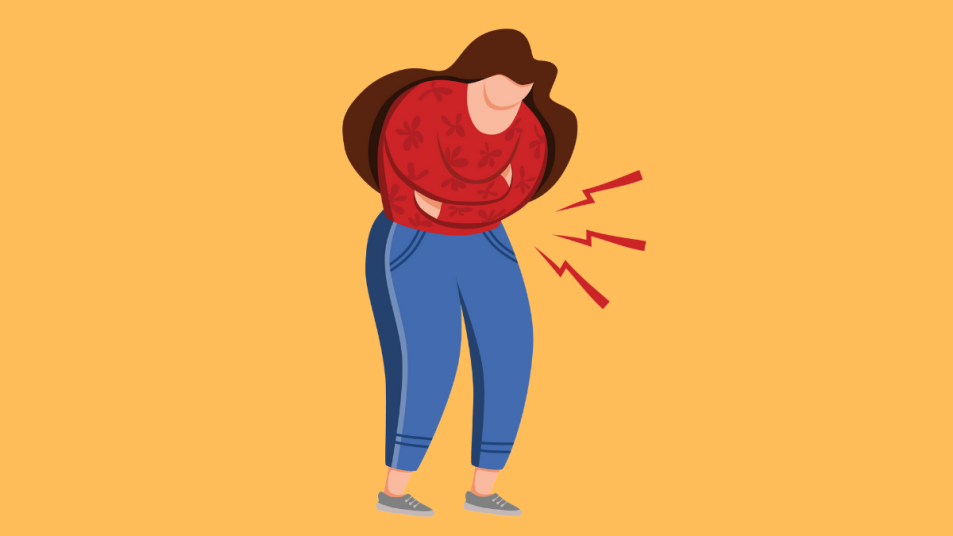Expert Advice: My Vagina Is Now Sore During My Period. What’s Going On?
It may be referred pain.

As we age, it’s not uncommon for our period symptoms to start changing. For instance: You may be used to cramps, nausea, and headaches right before or during your period, but one day, you develop vaginal pain as well. What’s the reason for it? Fortunately, it isn’t cause for concern in most cases — it may simply be something called referred pain. While you can always call your OB/GYN if you are concerned (especially if you have other medical conditions that could contribute to vaginal pain), our expert, Dr. Barbara DePree, shared some advice on how to deal with referred pain at home.
Meet our expert.
Barbara DePree, MD, is a gynecologist in private practice and director of Women’s Midlife Services at Michigan’s Holland Hospital. A Certified Menopause Practitioner, she is the founder of MiddlesexMD.com, an educational resource for women’s sexual health in perimenopause and beyond. To ask her a question, send an email to health@firstforwomen.com.
New Vaginal Pain During Periods
Q: Lately, my vagina is sore during my period. There’s no swelling or redness and the pain goes away after a few days, but it’s uncomfortable. What’s going on?
A: We’ve all experienced PMS-related cramps and pain in the abdomen, but it’s not unusual to feel pain or soreness in your vagina during menstruation, too — a phenomenon called “referred pain.” It’s triggered by contractions of the uterus as it sheds its lining and releases prostaglandins, inflammatory compounds that cause cramps. Many women feel this referred pain most just before and during menstruation, and studies report the pain can be worse if you typically have heavier bleeding and more severe cramps.
To get relief, I suggest taking ibuprofen or other over-the-counter medications that block prostaglandin production. Your soreness should lessen as your period progresses, but you may also try using a cold compress or cool gel pack placed on the vaginal area, which can bring relief.
This content is not a substitute for professional medical advice or diagnosis. Always consult your physician before pursuing any treatment plan.













